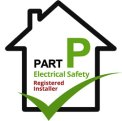When it comes to electrical safety in your home or workplace, there are several important checks and tests that need to be carried out regularly. One test that’s often overlooked is PAT testing. At Heath Electrical Services, we’ve been helping homes and businesses across Milton Keynes and surrounding areas maintain a safe environment through efficient and reliable PAT testing for years. In this article, we’ll be using our expertise to walk you through everything you need to know about PAT testing, from what it is to how often it should be done. If you have any questions or would like to arrange your PAT test, don’t hesitate to get in touch with our team of qualified electricians.
What is PAT testing: laws, frequency and cost
PAT testing has been around for 35 years, following the introduction of the Electricity at Work Regulations 1989. These regulations were put in place to ensure the safety of electrical equipment in workplaces across the UK. While many people have heard of PAT testing, few understand exactly what it involves, when it’s needed, and how much it should cost. So, here’s what we’ll be walking you through in this guide:
- What is a PAT test?
- Is PAT testing a legal requirement?
- How to PAT test appliances
- How often should PAT testing be done?
- How much is PAT testing?
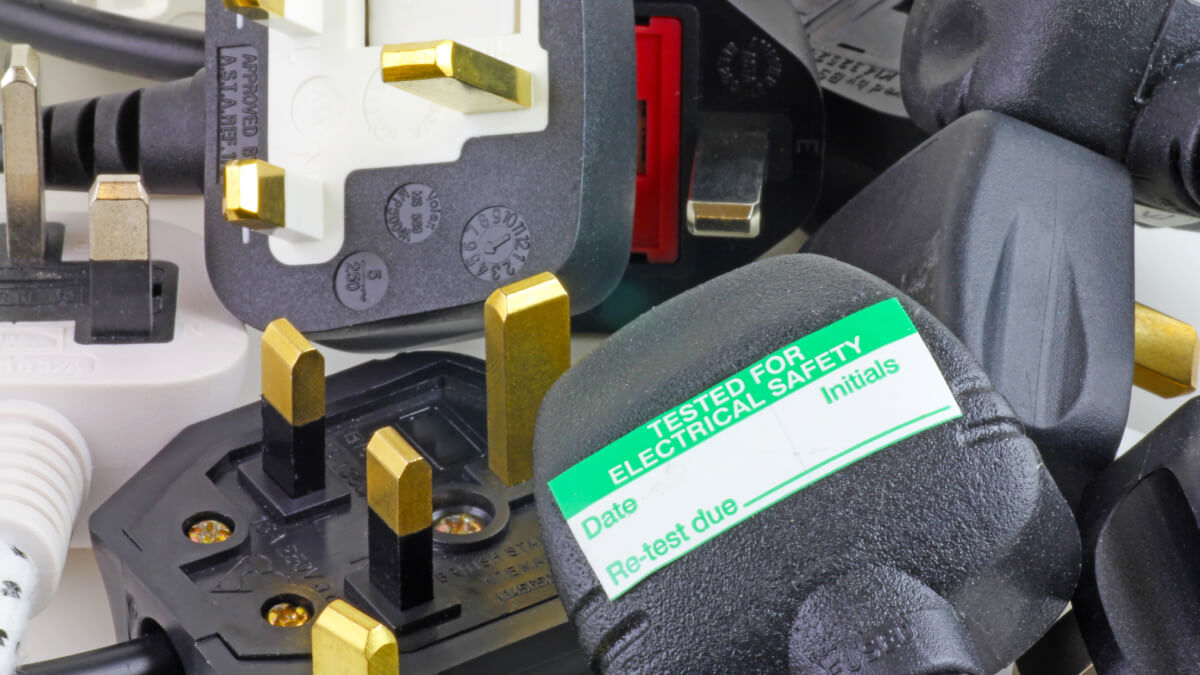
What is a PAT test?
A PAT test is a routine inspection of electrical appliances to ensure they are safe to use. During a PAT test, a qualified electrician will examine the appliance for any visible signs of damage, such as frayed wires or cracked casings, before using specialised equipment to test the internal components.
The main aim of a PAT test is to prevent electrical accidents, which can cause serious injuries or even fatalities. It also helps to identify potential fire hazards before they become a problem. By regularly testing your electrical appliances, you’re taking a proactive approach to safety, which can save lives and protect property.
A PAT test should always be carried out by a competent person, ideally a qualified electrician. Our team of electricians in Milton Keynes and the surrounding areas are fully trained and experienced in carrying out PAT tests to the highest standard, ensuring your appliances are safe to use.
What does PAT testing stand for?
PAT stands for Portable Appliance Testing. The name comes from the fact that the test is designed to check the safety of portable electrical appliances – essentially, any electrical item that can be moved and has a plug. This includes everything from kettles and toasters in your kitchen to computers, printers, and power tools in the workplace.
How long does a PAT test last?
The duration of a PAT test varies depending on the number and type of appliances being tested. For a small office with around 30-50 items, the process typically takes a few hours. Larger businesses with hundreds of items might require a full day or more. At Heath Electrical Services, we’ve built a reputation for efficient and thorough PAT testing, ensuring minimal disruption to your daily operations while maintaining the highest safety standards.
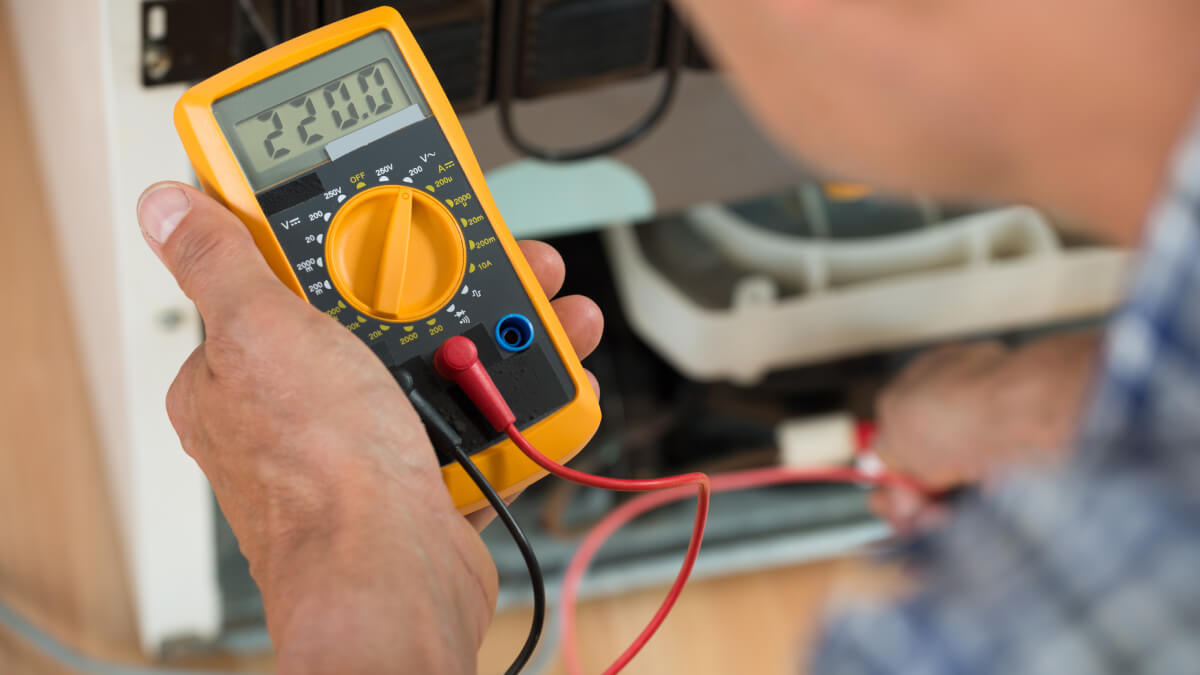
Is PAT testing a legal requirement?
While PAT testing itself isn’t a legal requirement in the UK, the law does require employers to make sure all electrical equipment in their workplace is maintained and in a safe condition. Therefore, PAT testing is a bit of a no-brainer. For businesses, having a record of regular PAT testing can also be invaluable evidence of compliance with health and safety laws if an accident or inspection were to occur.
For landlords, while there’s no specific legal requirement for PAT testing in rental properties, the Landlord and Tenant Act 1985 requires that electrical installations and appliances are safe at the start of the tenancy and maintained throughout. PAT testing is a practical way to meet these obligations.
For homeowners, while there’s no legal requirement, regular PAT testing is still a good idea for peace of mind and to ensure the safety of your household appliances.
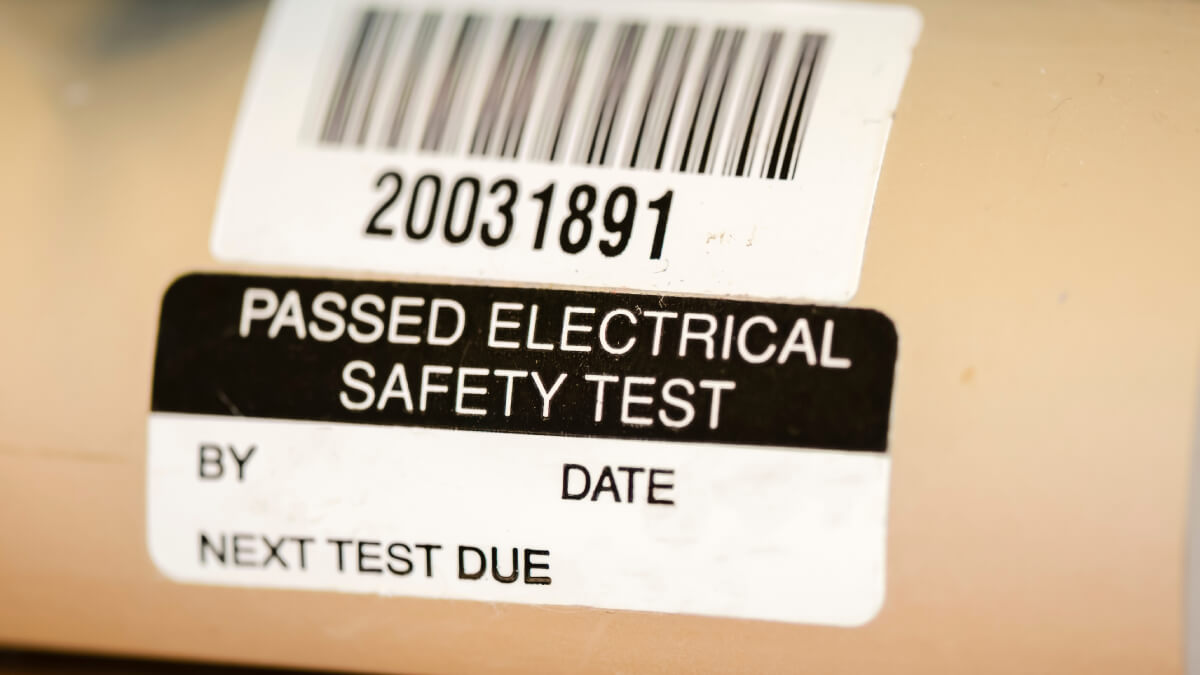
How to PAT test appliances
PAT testing involves several steps, each designed to identify potential electrical hazards. Here’s a quick overview of the process:
- Visual inspection: The first step is a thorough visual check of the appliance, focusing on the plug, cable, and casing. The tester looks for signs of damage, overheating, or incorrect wiring.
- Earth continuity test: This checks whether the earthing conductor is working correctly and providing a safe path for electricity.
- Insulation resistance test: This ensures that the insulation of the appliance is adequate and not deteriorating, which could lead to electric shocks.
- Polarity check: This confirms that the live and neutral wires are connected correctly in the plug.
- Functional test: The appliance is turned on to ensure it works as expected and doesn’t exhibit any unusual behaviour.
While these steps may seem straightforward, PAT testing requires specific equipment and knowledge to be done correctly. Our electricians in Leighton Buzzard and surrounding areas are equipped with the latest testing equipment and have the expertise to ensure your appliances are safe and compliant.
How often should PAT testing be done?
The recommended frequency of PAT testing depends largely on the type of appliance and the environment in which it’s used. The Health and Safety Executive (HSE) provides guidelines rather than rigid rules, acknowledging that different situations call for different approaches.
In general, appliances in high-risk environments, such as construction sites or industrial settings, should be tested more frequently than those in low-risk environments, like offices. The class of the appliance also plays a role in determining the testing frequency.
What is the difference between class 1 and class 2 appliances?
Class 1 appliances have a metal casing that is earthed. This means that if a fault occurs and the live wire touches the casing, the electricity will flow through the earth wire instead of through someone who touches the appliance. Examples of Class 1 appliances include kettles, toasters, and irons. These should typically be PAT tested every 12 months.
Class 2 appliances have extra insulation around the live parts, removing the need for an earth wire. These appliances are often marked with a ‘double square’ symbol. Examples include hairdryers, televisions, and lamps. Class 2 appliances are generally considered safer and can be tested less frequently, typically every 2 years.
It’s worth noting that these are just guidelines. The actual frequency of testing should be determined based on a risk assessment, considering factors like the age of the appliance, how often it’s used, and the environment in which it’s used.
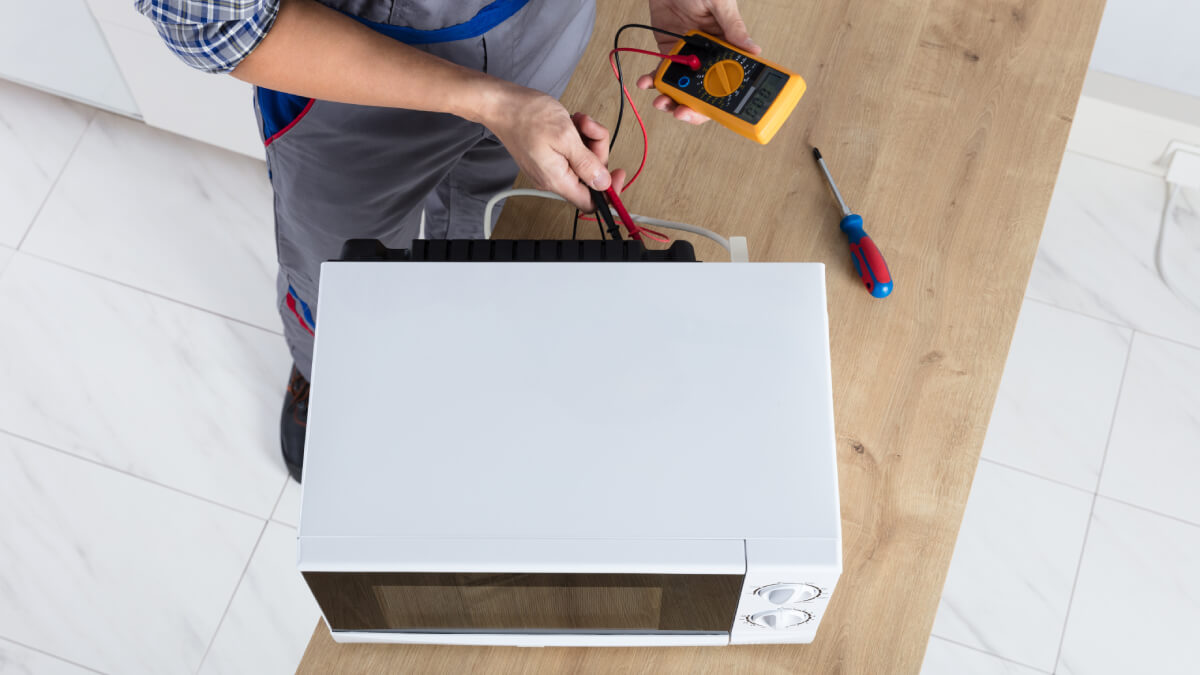
How much is PAT testing?
At Heath Electrical Services, we provide highly affordable PAT testing services without compromising on quality or thoroughness. We understand that safety is always top priority, but we also know that businesses and homeowners have budgets to consider. That’s why we offer competitive rates and flexible scheduling to suit your needs. We charge £3+VAT per item with a minimum charge of £85+VAT. We’re happy to discuss discounts for bulk testing of over 500 items.
For an accurate quote based on your specific requirements, please get in touch with our team. We’ll be happy to discuss your needs and provide a customised pricing plan.
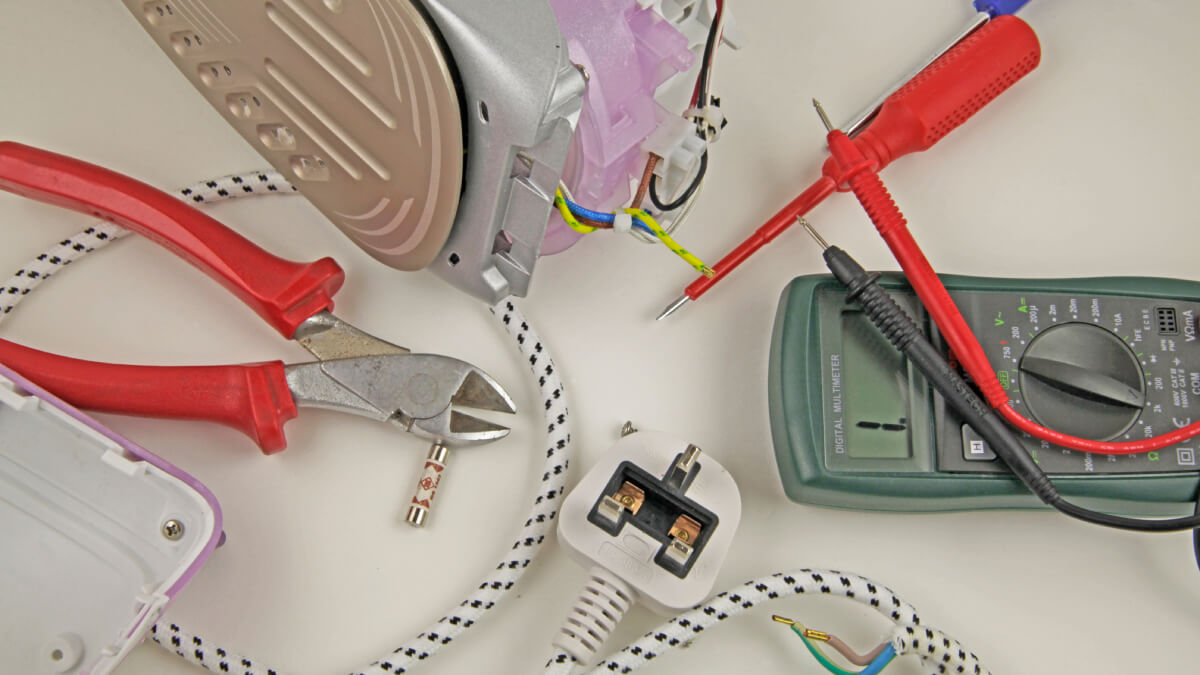
Safety first with Heath Electrical Services
In conclusion, PAT testing is a crucial aspect of electrical safety that should not be overlooked. While it may not be a legal requirement in the strictest sense, it’s an effective way to ensure compliance with broader health and safety regulations and, more importantly, to protect people and property from electrical hazards.
At Heath Electrical Services, we’re committed to helping homes and businesses across Milton Keynes, Leighton Buzzard, and the surrounding areas maintain the highest standards of electrical safety. Our team of experienced electricians provides efficient, thorough, and affordable PAT testing services tailored to your specific needs.
Whether you’re a business owner looking to ensure workplace safety, a landlord fulfilling your obligations to tenants, or a homeowner seeking peace of mind, we’re here to help. Get in touch with us today to arrange your PAT test and take a proactive step towards a safer electrical environment.



